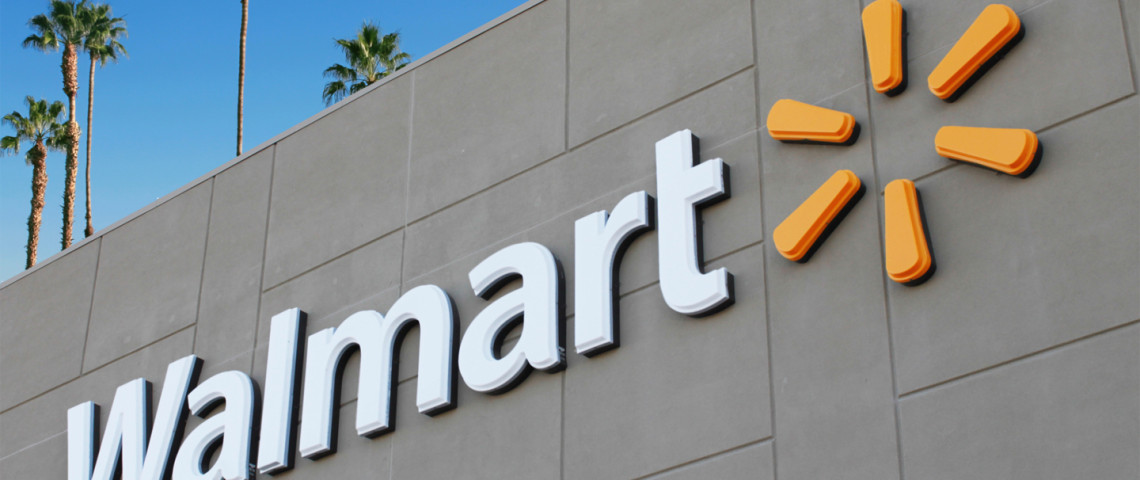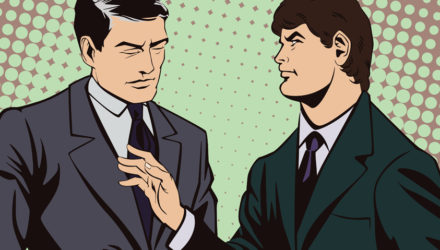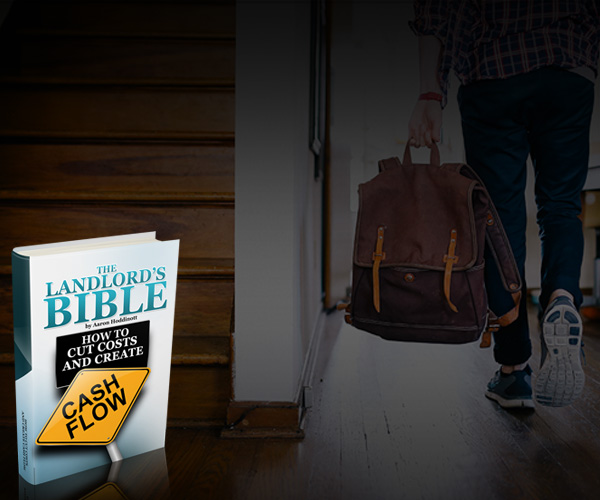I had a meeting yesterday with a multi-millionaire entrepreneur who made his fortune creating products for retail sale. His new passion, and the reason for our meeting, is a startup nutraceutical company looking to go public, after it raises about $4 million. I want to give you a valuable piece of information he shared with me at the meeting. Any entrepreneur selling a product, and hoping to get it on the shelves of major retailers, needs to read this.
I’ll give you a quick background on his new product, and the company:
The company is, as explained, in the nutraceutical business. It has created an innovative, patent-pending, energy enhancing agent, producing 8-12 hours of increased focus and sustained energy, with a very low dose of caffeine (particularly when I compared it to Monster, Red Bull and 5-Hour Energy). And the product works amazingly well - I tried it today.
While the energy drink industry is estimated to produce about $20 billion in annual sales, this company has no intention of entering the ‘beverage space’, despite targeting the same consumer. Why? Because being different is what matters in retail sales.
The company’s product isn’t an energy drink; instead, it is a chewable energy tablet (basically looks like the chewable Vitamin C tablets) with a half-life 6x longer than caffeine. The quick sales pitch on this product is simple (a quick and simple sales pitch is important): It is a tablet that gives you longer lasting energy than any energy drink. And it does so with much less caffeine and sugar.
Simple enough?
Not only are the ingredients different, and from what I gather a much healthier option than the leading energy drinks, being in tablet form automatically makes this product unique. The end result of this product, for the consumer, is similar to energy drinks in that it boosts mental awareness and energy levels (for an even longer period of time, I might add). However, being different than what consumers are accustom to (in tablet form rather than beverage) could allow this startup to take market share, or revenue, that would have otherwise gone to energy drink companies.
You see, if it was just another energy drink, even with its health benefits and special ingredient, it wouldn’t stand a chance against the current players - they’re too established. In light of that fact, this company’s management, along with the help of scientists, created a unique way to enter a massive industry, without copying what the big players are already doing.
A Lesson in Retail Sales
I like the odds of this company’s product succeeding in thousands of retail outlets because it has a total different packaging than its energy drink competitors. It sounds trivial, but in the retail space, especially for food and beverage products, packaging is at least half the marketing battle. These aren’t my words. The CEO of this startup explained this to me. Given that he has a track record with 18 years of successful startups - focusing on retail sales across the world - and the businesses he has started/work with have generated hundreds of millions in revenue, I take his opinion seriously.
The Packaging Must be Sexy
In order to attract the energy drink crowd, his new product is in a sleek tablet case, much more eye-catching than a beverage can. The packaging makes it totally unique when stacked on a store shelf beside a 5-Hour Energy drink, for example. This will automatically grab the customer’s attention because different is always good in the retail industry. Don’t forget that…
Once they get the shoppers attention with the unique packaging of the product (which is sexy and high-end looking), then the customer will take the time to see what it is all about. Wouldn’t you? Think about it: An energy enhancer in tablet form… now you’ve got my attention.
When the consumer proceeds to read the labeling, which quickly and clearly explains the health benefits behind the product, and the minimal amount of sugar and caffeine in comparison to many energy drinks, they’ll likely be intrigued enough to buy a package - I know I would be (especially considering the pricing is on par with all energy drinks).
Once you’ve convinced the consumer to give your product a try, you’re in. After that first purchase, it is up to your product to sell itself (i.e. the quality and benefits). Just remember that you’ll never get a chance for consumers to realize the benefits of your product if the packaging isn’t sexy and unique.
Of course, there is real science behind this energy enhancing tablet, and it took a lot of R&D money to develop, but advertising that fact alone to consumers won’t do anything for sales. This company is ran by a stout management team with tremendous experience rolling out retail products. And they explained to me that in order to succeed, and be widely adopted by tens of thousands of retail outlets globally, the big stores like Walmart ask three very simple questions before they consider putting your product on their shelf:
1. What is different about the product?
2. Are you flexible on margins? (Meaning: you better not have thin margins)
3. Can we see your packaging?
If you are building a product for retail sale, during your development process, keep this article front and center. The kingpins of retail sales slave over package designs for their products. Steve Jobs, as one example, use to obsess for weeks and create multiple prototypes of packaging for new Apple products. He knew, just like management of the above mentioned company, that in order for the consumer to give his product a shot, the packaging had to be eye-catching and unique compared to everything else on the shelf.
Aaron










